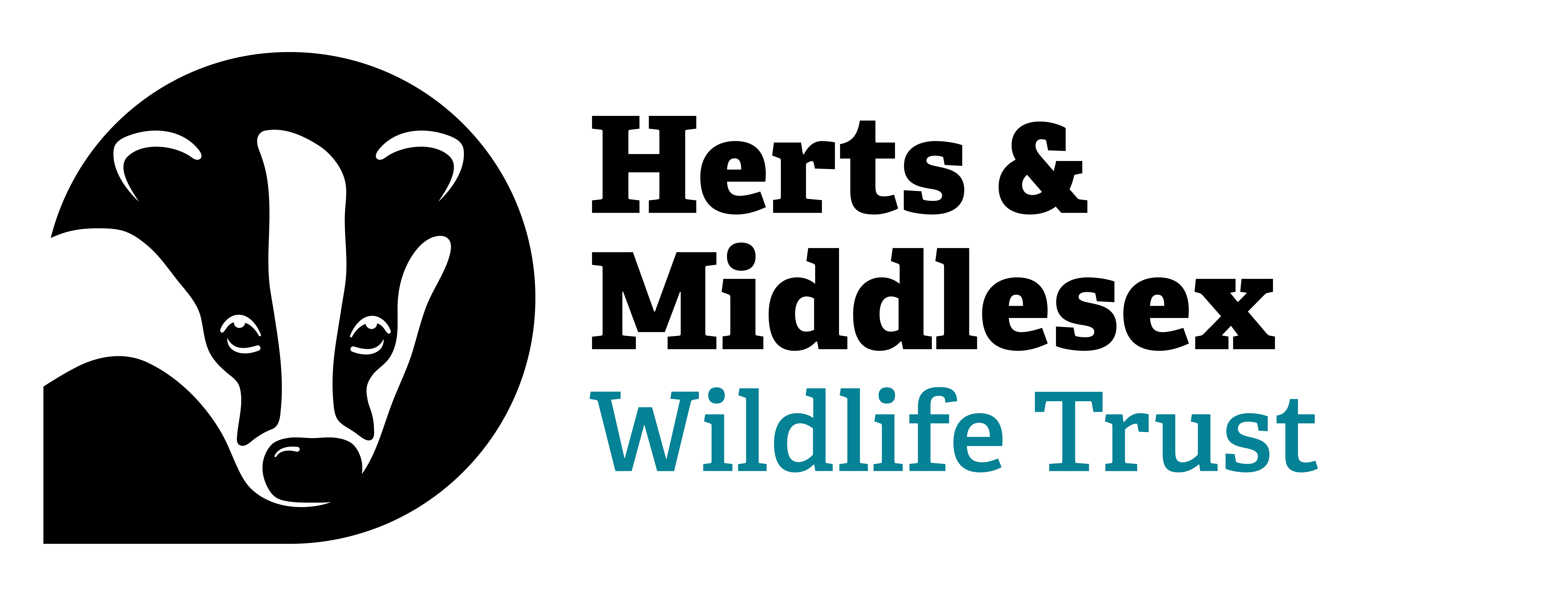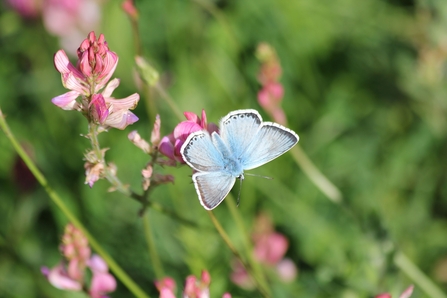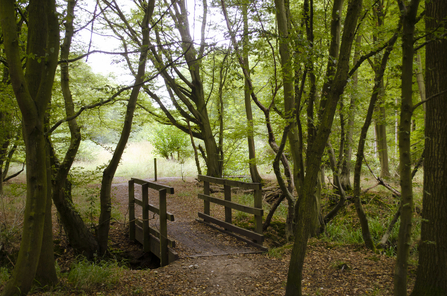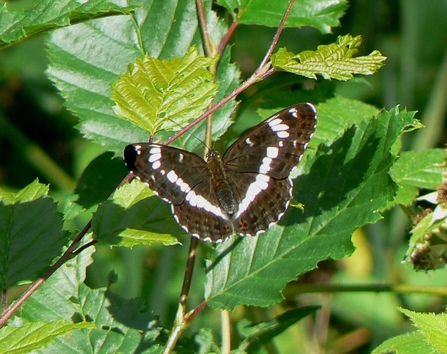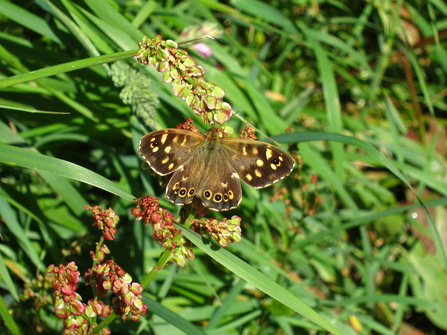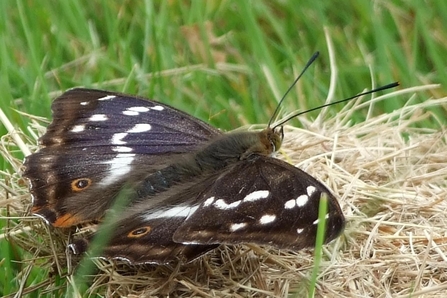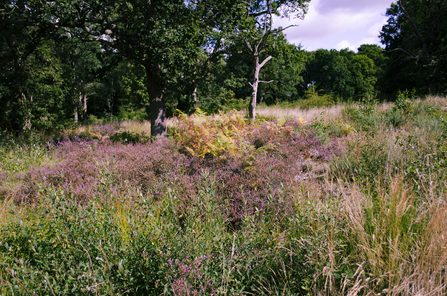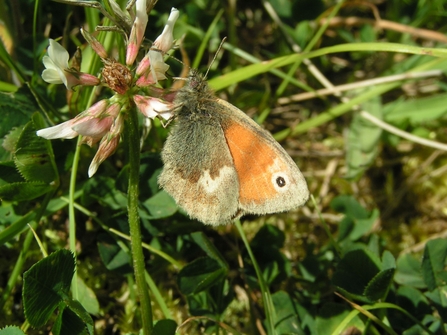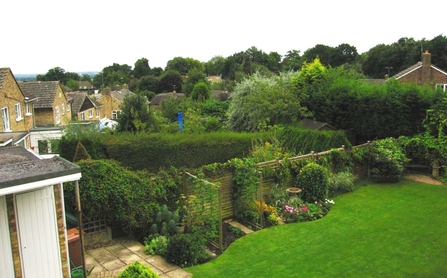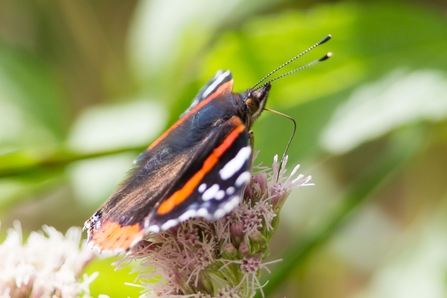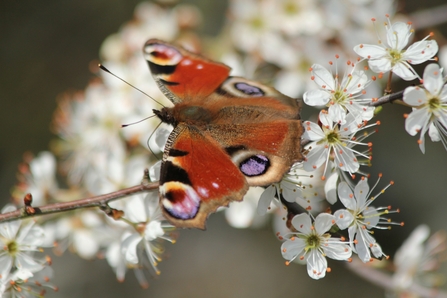The sun is out, and so are many of our, arguably, most beautiful insects – butterflies. Wherever you find yourself this month – and if the weather is fair, you can be fairly sure that a dainty butterfly won’t be far away! So, whether you’re butterfly hunting on one of our nature reserves, in the garden, or your local park, let’s take a look at the butterflies you might find on the wing within these different habitats.
Grassland
Our chalk grassland nature reserves with their low-nutrient soil play host to a range of wildflowers and grasses. Some of these provide food plants for caterpillars, for example Common Bird’s-foot-trefoil and Horseshoe Vetch, are all larval food plants for the butterflies we see at this time of year.
